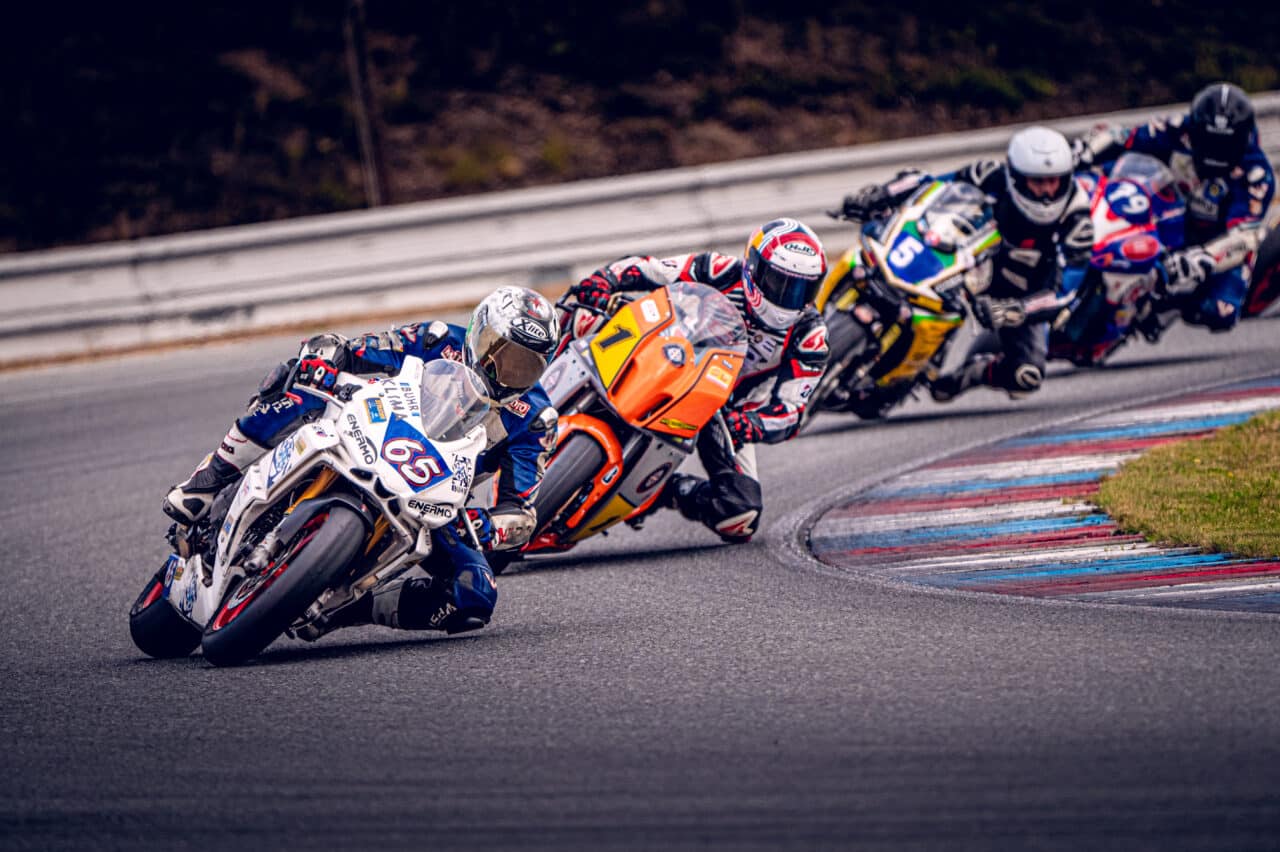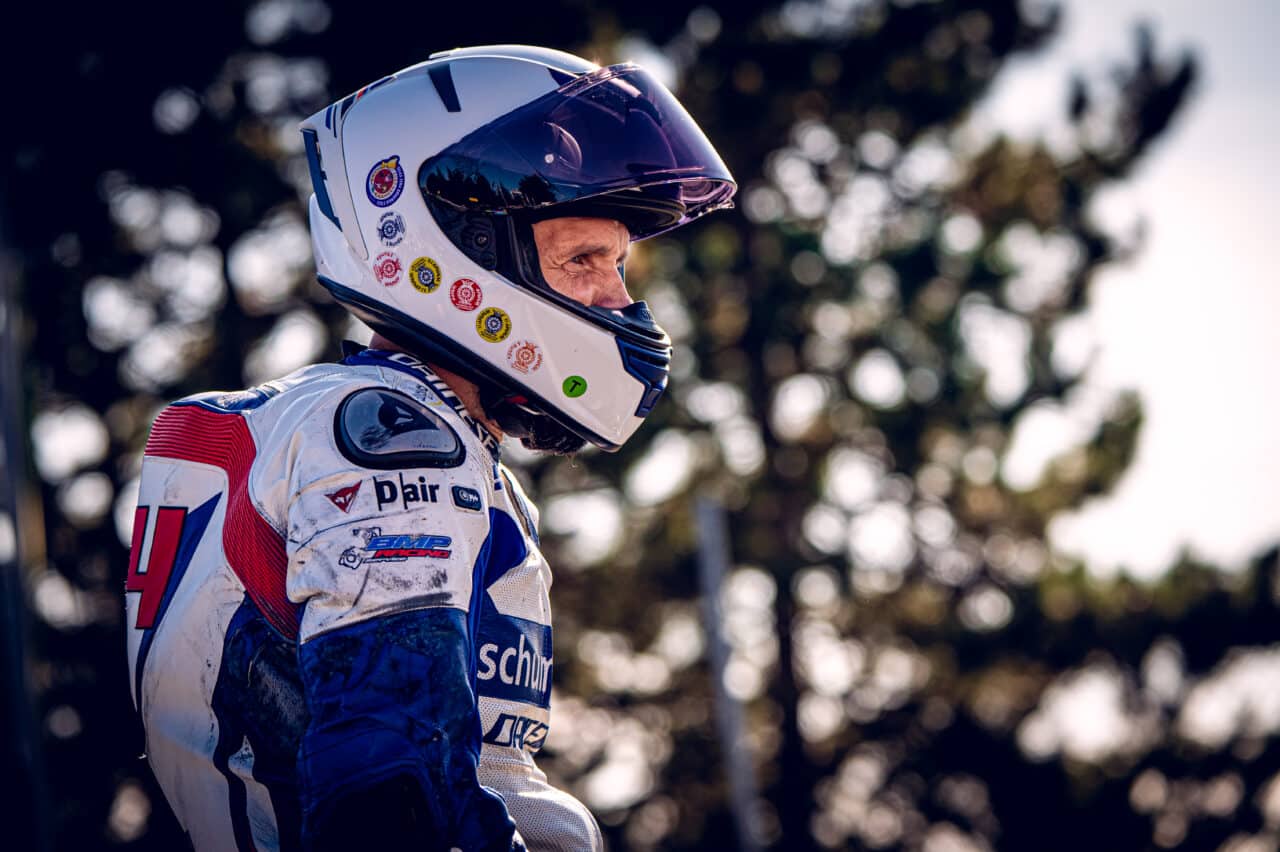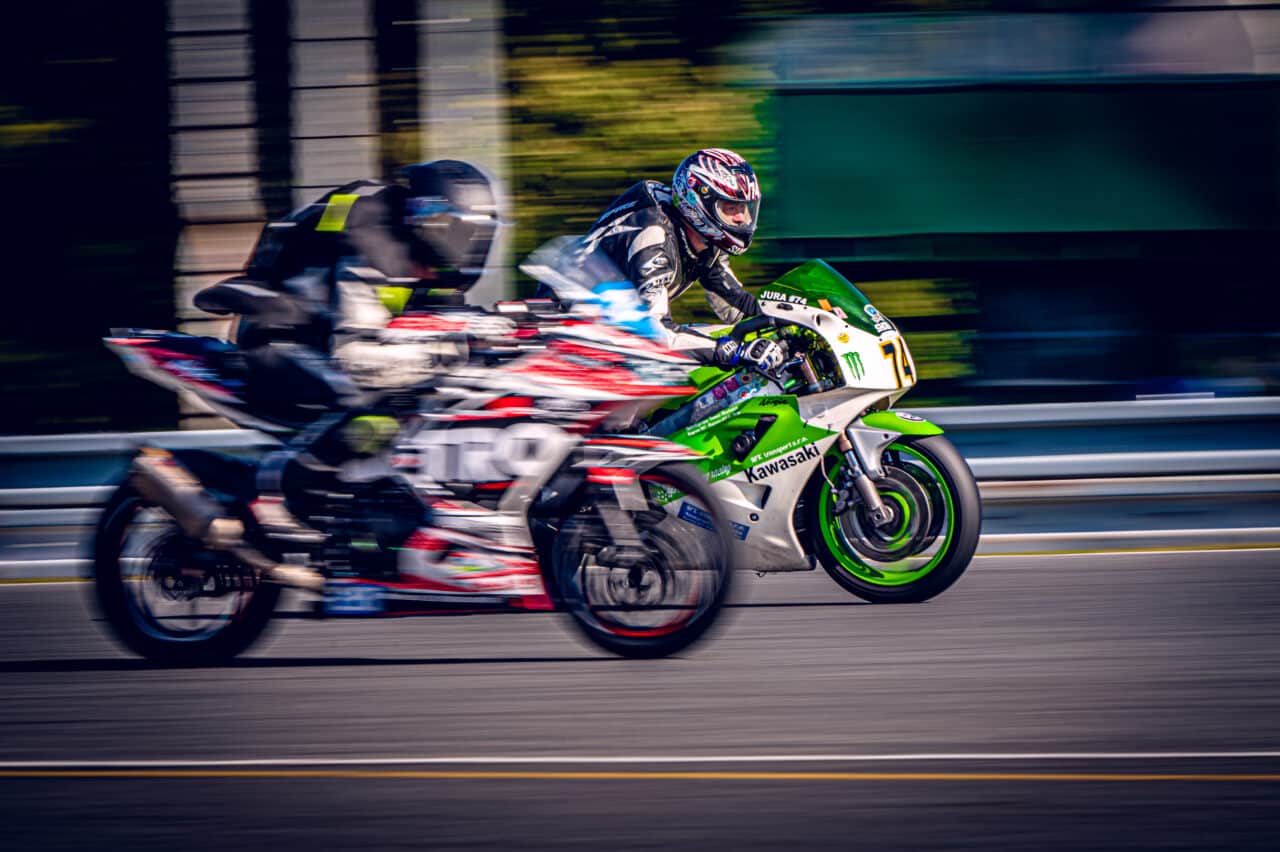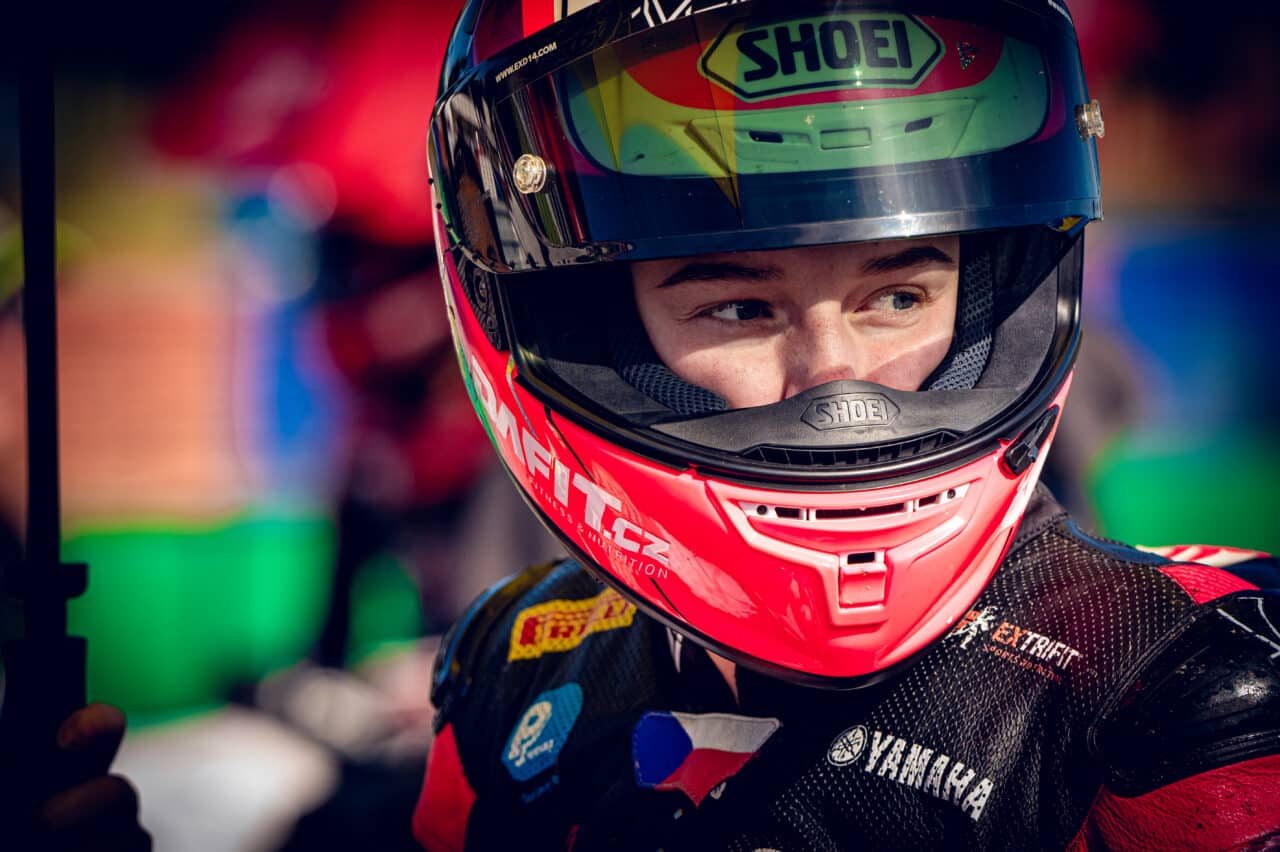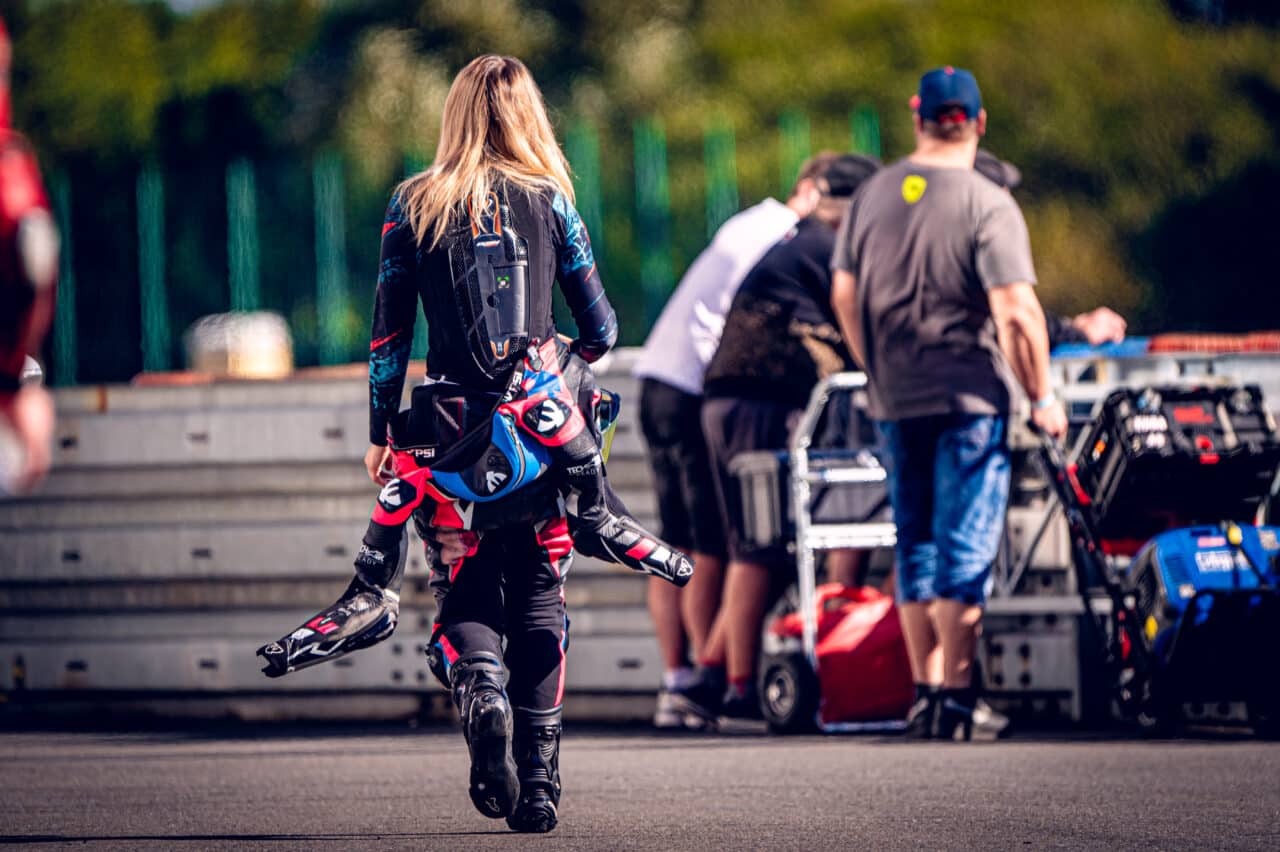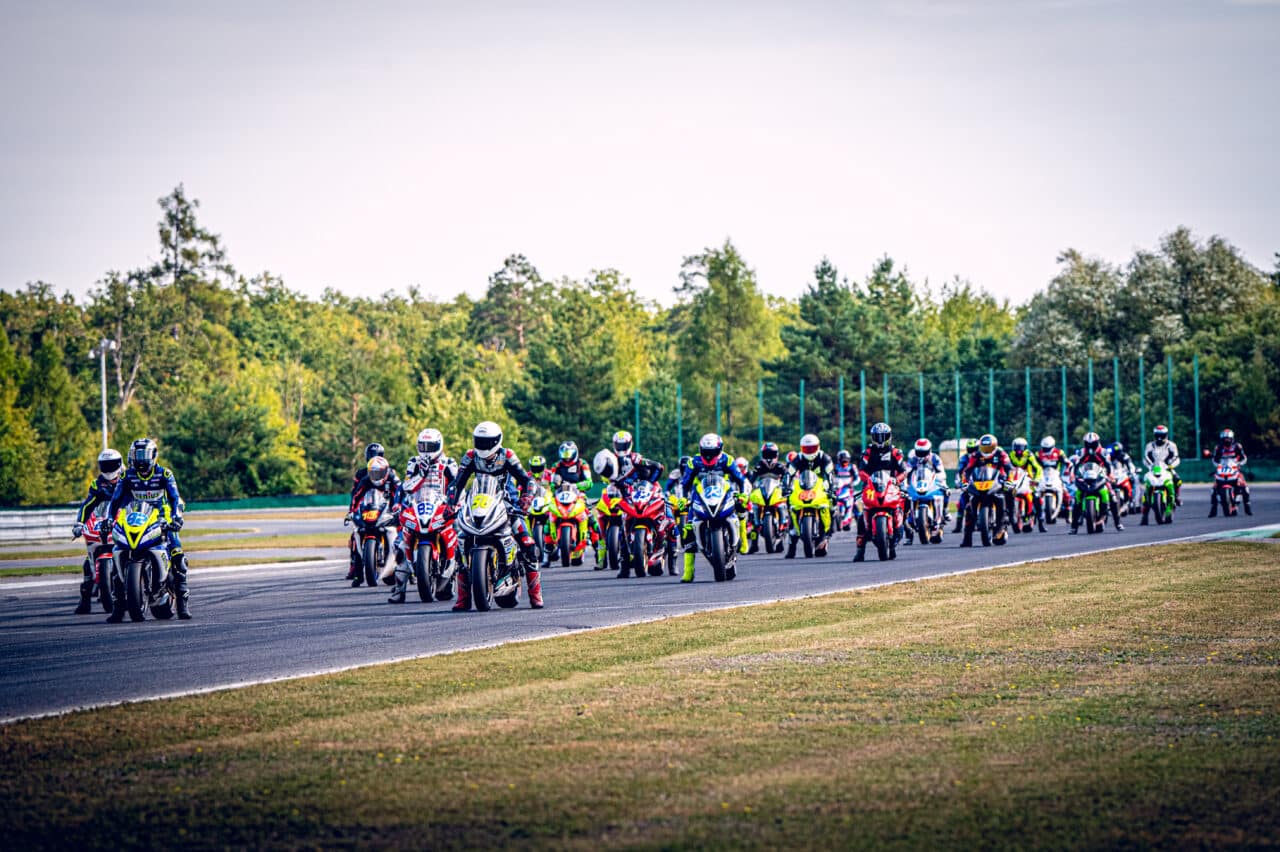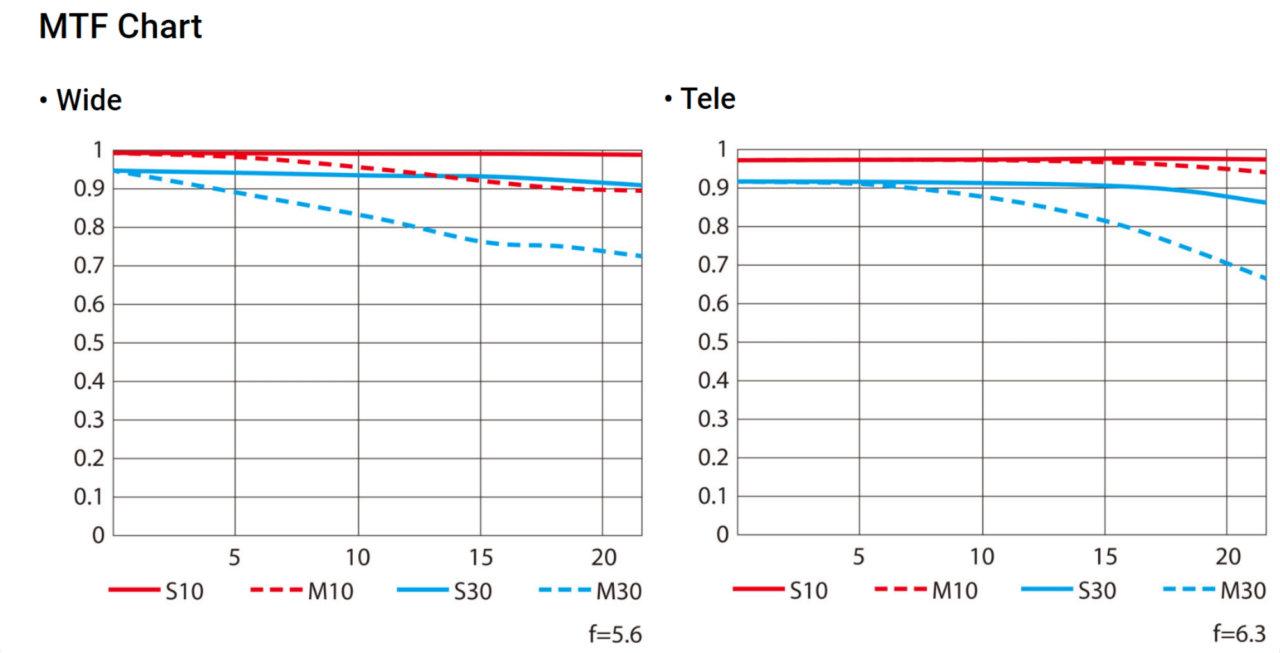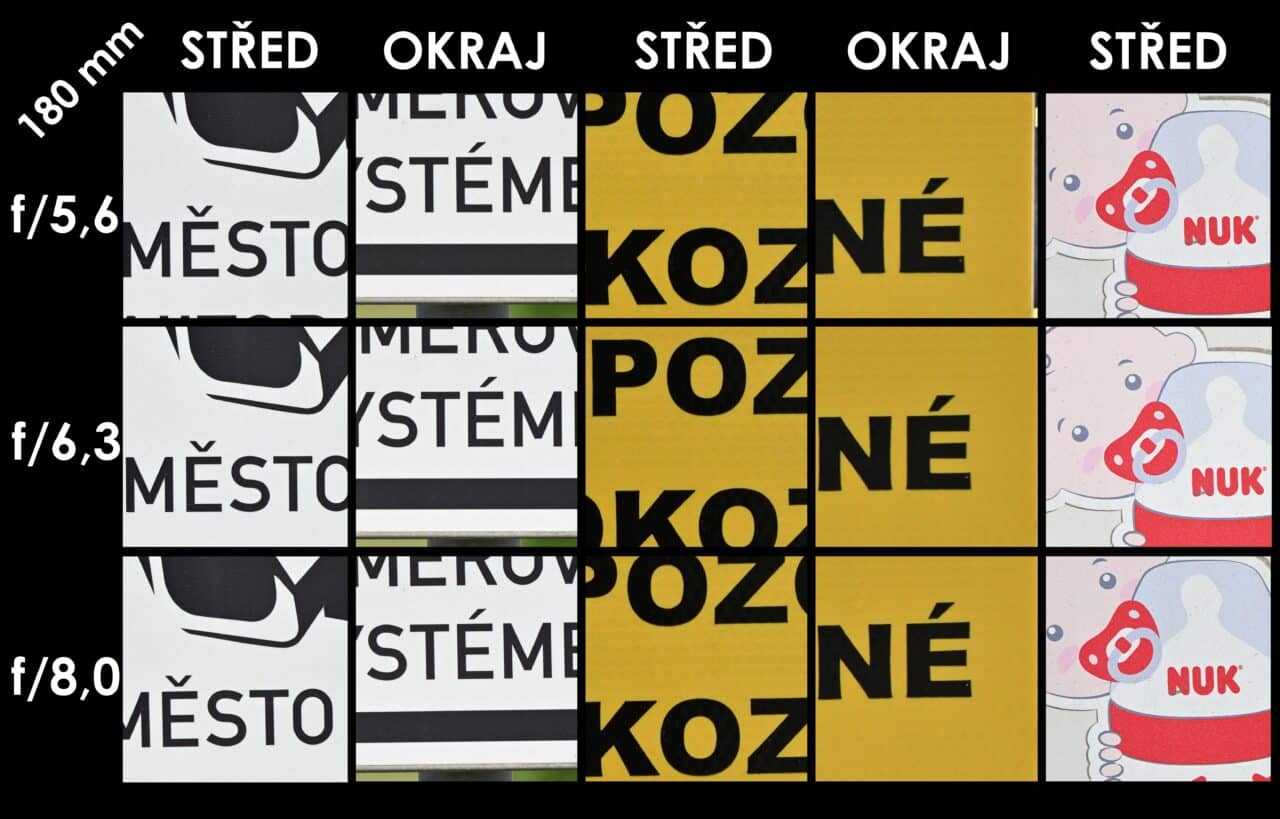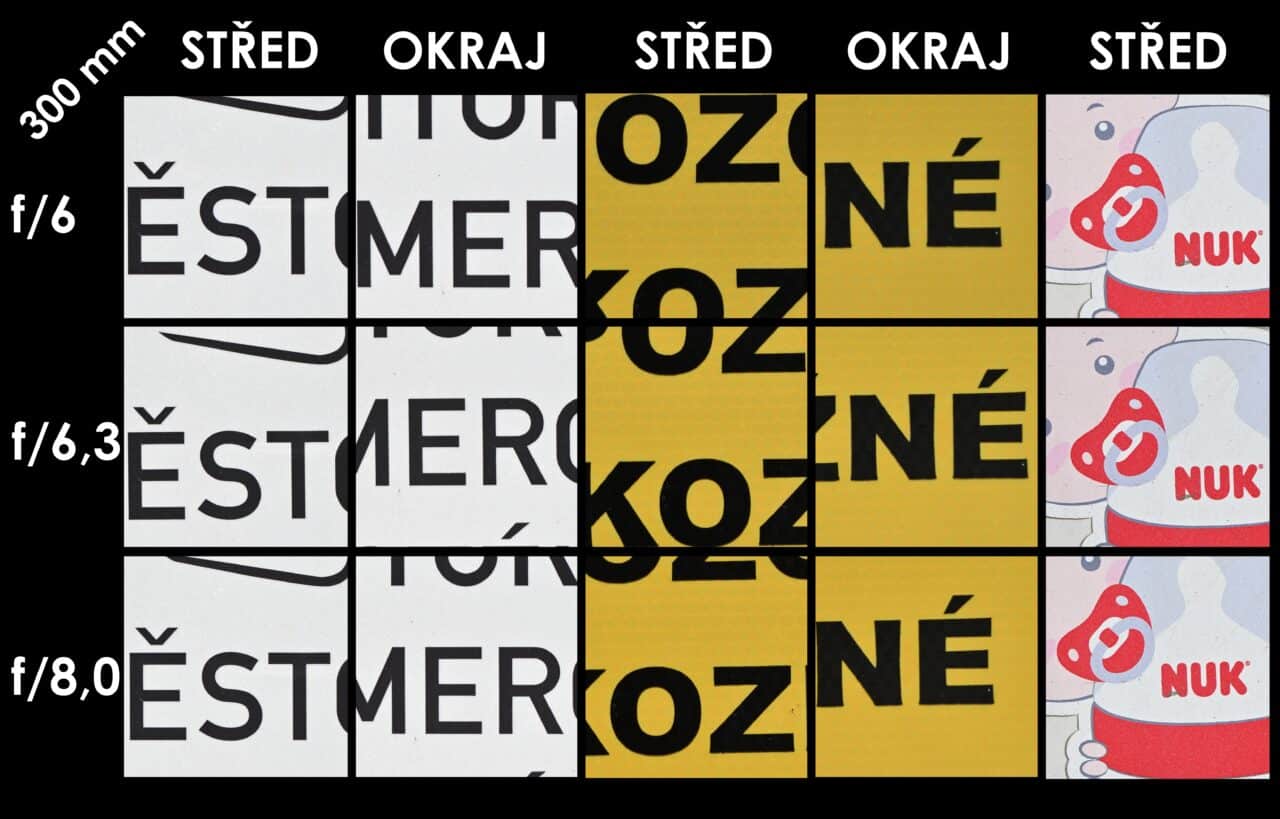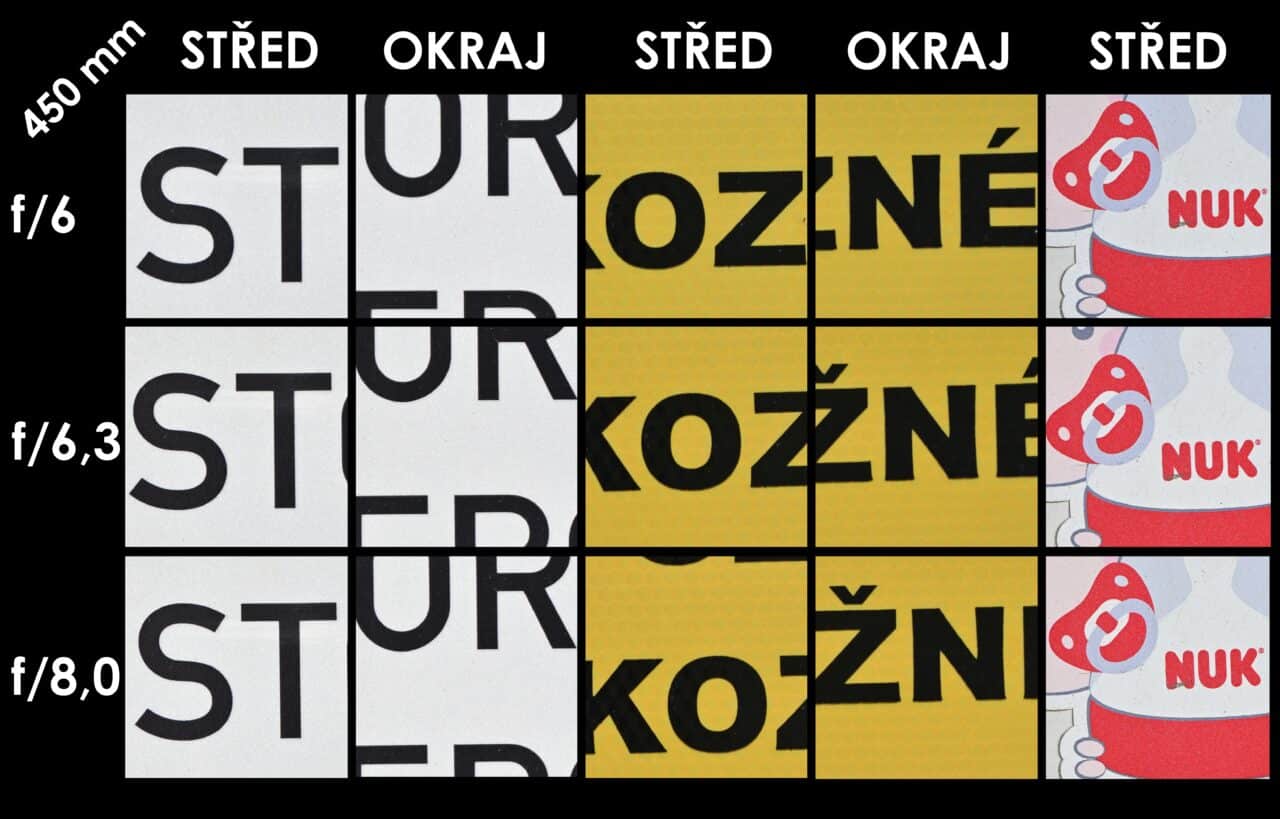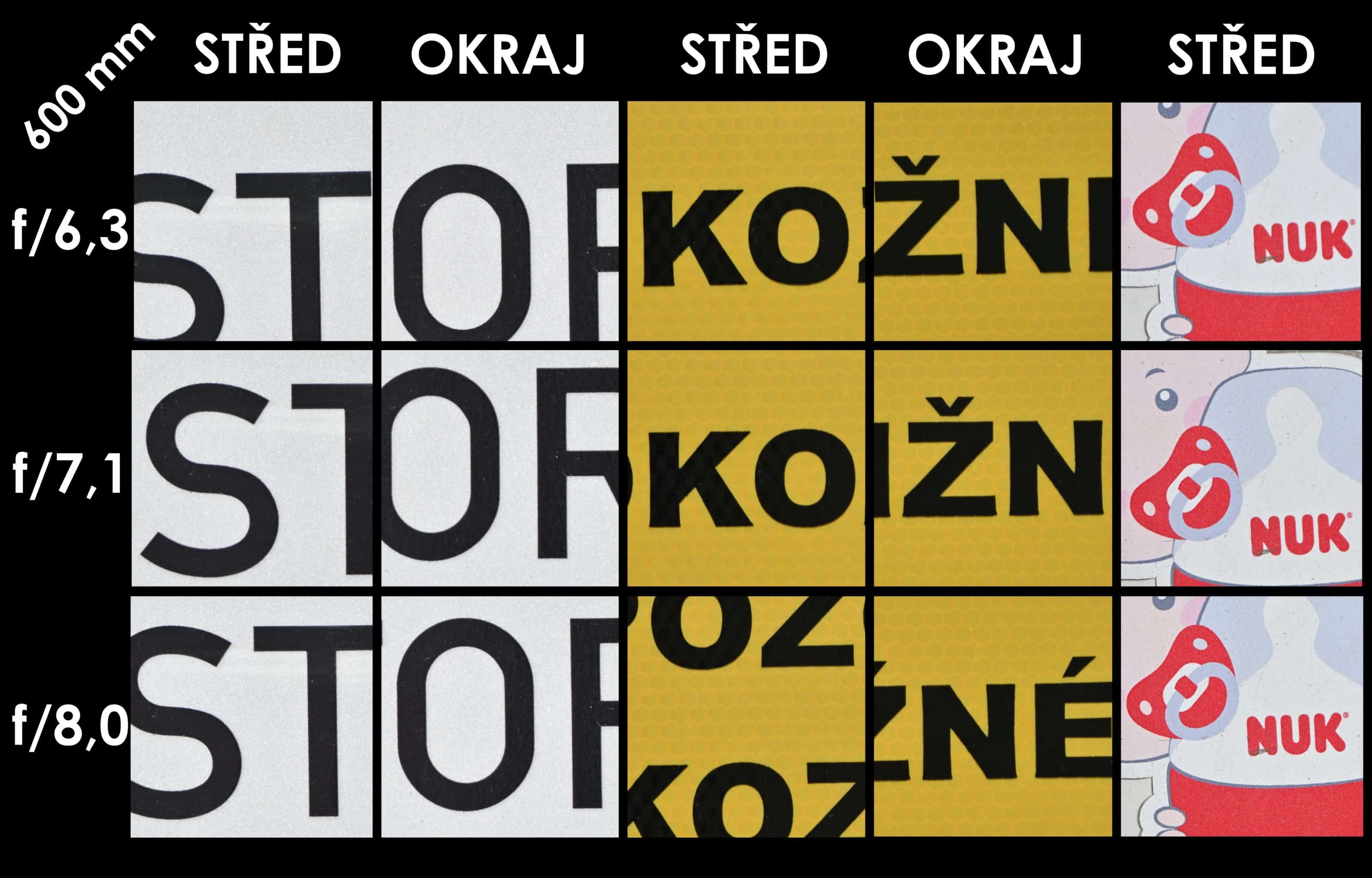The Nikkor Z 180-600mm Telephoto Lens: A Versatile Lens at an Affordable Price
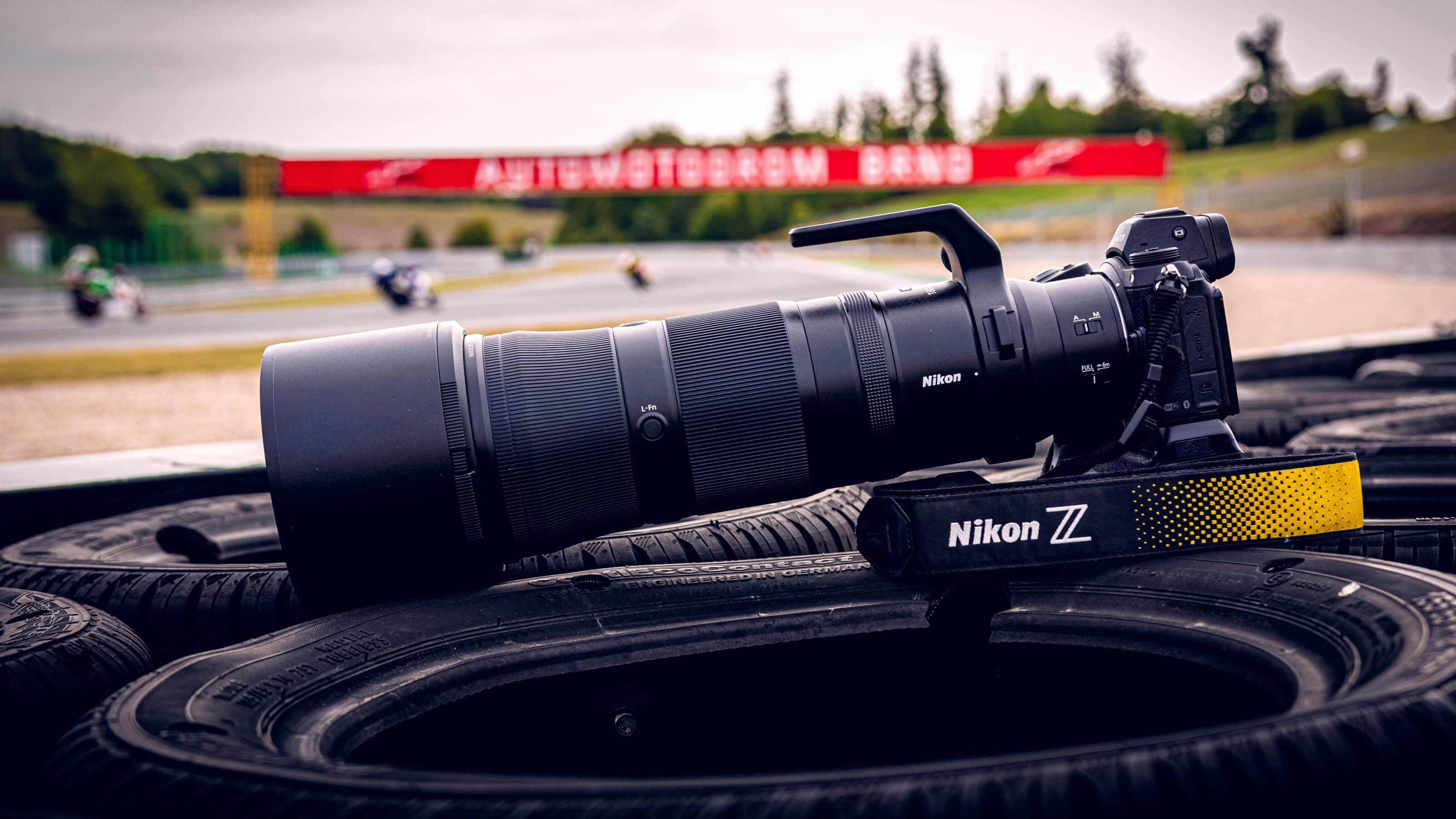
We put this Nikkor little gem through our own real-world stress test at the Masaryk Circuit in Brno. We focus on its sharpness, focusing speed, and processing. These factors are of most interest to photographers who specialize in sport, wildlife, or aircraft photography.
We already tested the Nikkor Z 100-400mm f/4.5-5.6 VR S and Nikkor Z 400mm f/4.5 VR S telephoto lenses. We couldn’t leave out this versatile Nikkor Z 180-600mm f/5.6-6.3 VR zoom lens. Photo equipment rental company FOTORI loaned the lens to us for the weekend.
We took the lens out for a spin at a great event, the Bohumil Staša Grand Prix motorcycle race at the Masaryk Circuit in Brno, Czech Republic. Our test of this lens’ speed, processing, and sharpness, even at lower apertures, will be of most interest to you.
I think many photographers will have a tough time deciding between this lens and the one we already reviewed, the Nikkor Z 100-400mm f/4.5-5.6 VR S. For this reason, our next article will be a comparison of the two lenses.
Editor’s note: While writing this review, the Tamron 150-500mm f/5-6.7 Di III VC VXD telephoto lens was released, which comes at a lower price point than the Nikon lenses we reviewed. We’re interested to see how it stacks up technically. If you‘re interested in reading a review of the new Tamron lens, let us know in the comments.
Technical specifications
At first glance, the lens is quite large. This can be because the lens length does not change with the focal length. The focal length changes inside the lens barrel, just like the 70-200mm f/2.8 lens. This has its pros and cons. On the down side, the lens is harder to carry and requires a larger camera bag.
On the other hand, I believe that a solid lens barrel provides better protection against water droplets, dust, etc. This is stated by the manufacturer in the lens specifications, so there must be a high-quality seal.
Another advantage is the center of gravity does not change with focal length. This especially comes in handy when using a tripod and is also a good feature for shooting handheld.
Weight is one of the important factors to consider when purchasing a telephoto lens. It has a weight of 2.140kg (1955g without the tripod ring) which is not negligible. After a few minutes of continuous shooting without a monopod, I had to rest my hand (my subjective experience).
On the other hand, this higher weight is possibly due to the higher quality and robust metal workmanship, so the lens feels nice and sturdy.

The lens also has a fluorine coating that repels grease and protects the front element of the lens from smudges.
Upon closer inspection, there’s a switch for changing focus mode from manual to automatic and for limiting the focusing distance range. This comes in handy when shooting regularly at longer distances.
It also has two circular rings. The first is for changing focal length. The rotation from the shortest to longest focal length is relatively short and smooth, making it ideal for more dynamic scenes. The second ring is programmable, and you can use it to set manual focus, ISO, or other settings. In terms of functions, it’s worth mentioning the option of using universal function buttons, but that’s the last option for these functions.
Other interesting technical specifications are the minimum focusing distance and maximum magnification, which is 0.25x.
- Zoom position at 180mm: 1.3m
- Zoom position at 200mm: 1.36m
- Zoom position at 300mm: 1.67m
- Zoom position at 400mm: 1.94m
- Zoom position at 500mm: 2.19m
- Zoom position at 600mm: 2.4m
It is not a macro lens, but it is quite good for some basic close-up photography.
The lens aperture can be set from f/5.6 to f/36, depending on focal length. At an approximate focal length of up to 300mm, the minimum f-number is f/5.6. The other key focal length, when the minimal aperture goes up to f/6, is around 500mm.
The diameter of the filter thread mound is 95mm, so expect slightly more expensive filters. But don’t skimp on a lens protection filter. I definitely recommend getting one for this lens.
Sharpness and detail
One of the fundamental questions when testing this lens is: Will you need to sharpen the focus or can you shoot at the lowest f-number? And if so, at what focal lengths?
We’ll start by referring to the official MTF charts from Nikon:
The charts look very similar to those for the Nikkor Z 100-400mm f/4.5-5.6 VR S and even a bit better in the “Wide” section. The MTF curves also look very good.
Let’s take a look at what the real photos look like. I used RAW photos from the Nikon Z6II camera converted to .jpg format using NX Studio and the following settings: Sharpening +3.0, Sharpening in the mid-range +2.0, and Clarity +1.0. The photos were not further sharpened by any photo editing software.
Level of detail at a 180mm focal length
From the photos I took, I can say there is no need to increase the f-number at this focal length.
Level of detail at a 300mm focal length
At a focal length of 300mm, sharpening the focus slightly improves the level of detail, but the images are still good even at the lowest possible value.
Level of detail at a 450mm focal length
Just like the 300mm focal length, sharpening the focus improves the level of detail, but the images are still good even at the lowest possible value.
Level of detail at a 600mm focal length
At the maximum focal length of 600mm, I recommend stopping up, at least to f/8 to get a sharper image.
From my test photos, it appears that lens sharpness decreases as focal length increases. Personally, I see the need for sharpening the focus only at the limit of maximum focal length. But if you want more sharpness at the edges, you need to sharpen the focus at lower focal lengths too.
On the other hand, it depends on what you are using the lens for in the first place. If you’re into sports photography like me, where it’s hard to get pin-sharp photos because of the movement and dynamic nature of the shots, the sharpness of the lens is not as crucial.
But if you’re looking for something for nature, wildlife, and landscape photography, where you want every patch of fur, leaf, etc. to be pin-sharp, I would expect stopping up is necessary. You can also improve the sharpness of your image to some extent using photo editing software, like Zoner Studio, which has many options for improving sharpness.
Auto-focus speed
One of the things I was worried about was the auto-focus speed when used for high-speed motorsports. The result? I didn’t feel like the auto-focus lagged in any way. Admittedly, I did get some out of focus photos when shooting fast-moving motorcycles, but I expected that and I certainly wouldn’t say the lens was slow.
At the highest focal length, the lens probably isn’t the fastest, but it was definitely usable. As far as noise goes, the auto-focus is nice and quiet.
Incredible image stabilization
As the heading suggests, I was really happy with the image stabilization of this lens. The extent to which you need and use image stabilization is up to you, but if it is an important factor, I think the lens won’t disappoint.
At a focal length of 600mm, I was able to safely maintain shutter speeds of 1/50s. I was even able to get sharp images at 1/20s, which I find very good at this focal length. Nikon lists an image stabilization of up to 5.5EV, which seems accurate.
Vignetting, bokeh, UV protection, and optical defects
I like to add Vignetting to my images. I don’t pay much attention to distortion, chromatic aberration, etc. because I can quickly and easily deal with these issues using lens correction in Zoner Studio as soon as the photos are uploaded.
I tried shooting a few images against bright sunlight with a UV filter but didn’t observe any noticeable flare.
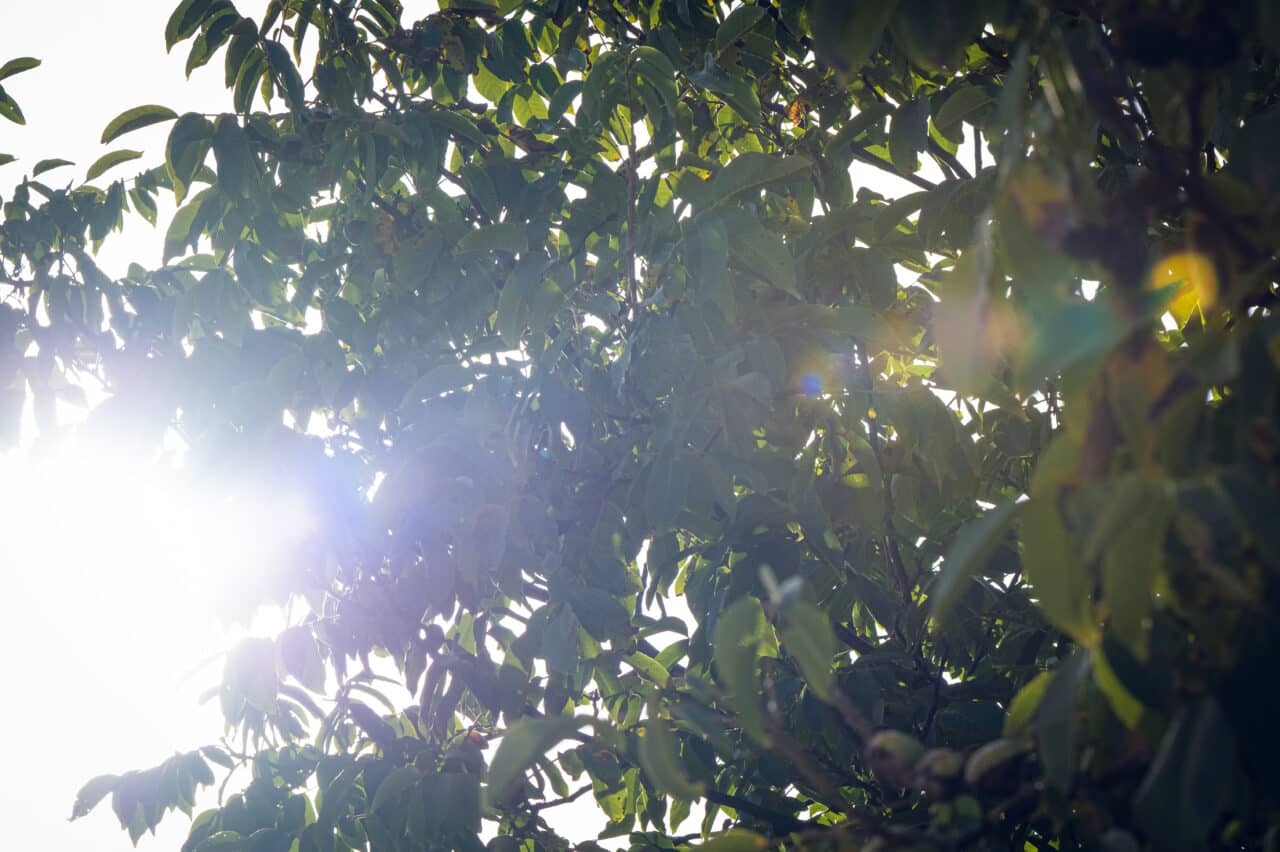
Another factor is bokeh. Photographers who love the roundest, or otherwise distinctive bokeh most likely won’t even consider this ultrazoom lens. You can’t expect bokeh that somehow stands out from the standard lineup.
This lens is compatible with Nikon Z teleconverters, where you can choose a version with 1.4x magnification to get the longest focal length of 840mm. Or, a version with 2x magnification and a 1200mm focal length. I didn’t try these converters myself and due to the slower lens speed, lower sharpness overall, and sometimes even auto-focus speed, I’m not a big fan of them. But, the option exists and some photographers may find using them suitable.
To conclude, I’ll sum up my review of this versatile Nikkor Z 180-600mm f/5.6-6.3 VR zoom lens. Its cost is reasonable for Z mount lenses and the Nikon name. It also has the added benefit of a well-protected lens interior due to internal zoom. If you don’t specifically need a 600mm focal length, then this lens is a great choice.
I’m sure you’re wondering how it compares to other lenses. I chose the Nikkor Z 100-400mm f/4.5-5.6 VR S and the comparison of the two lenses is coming soon.
